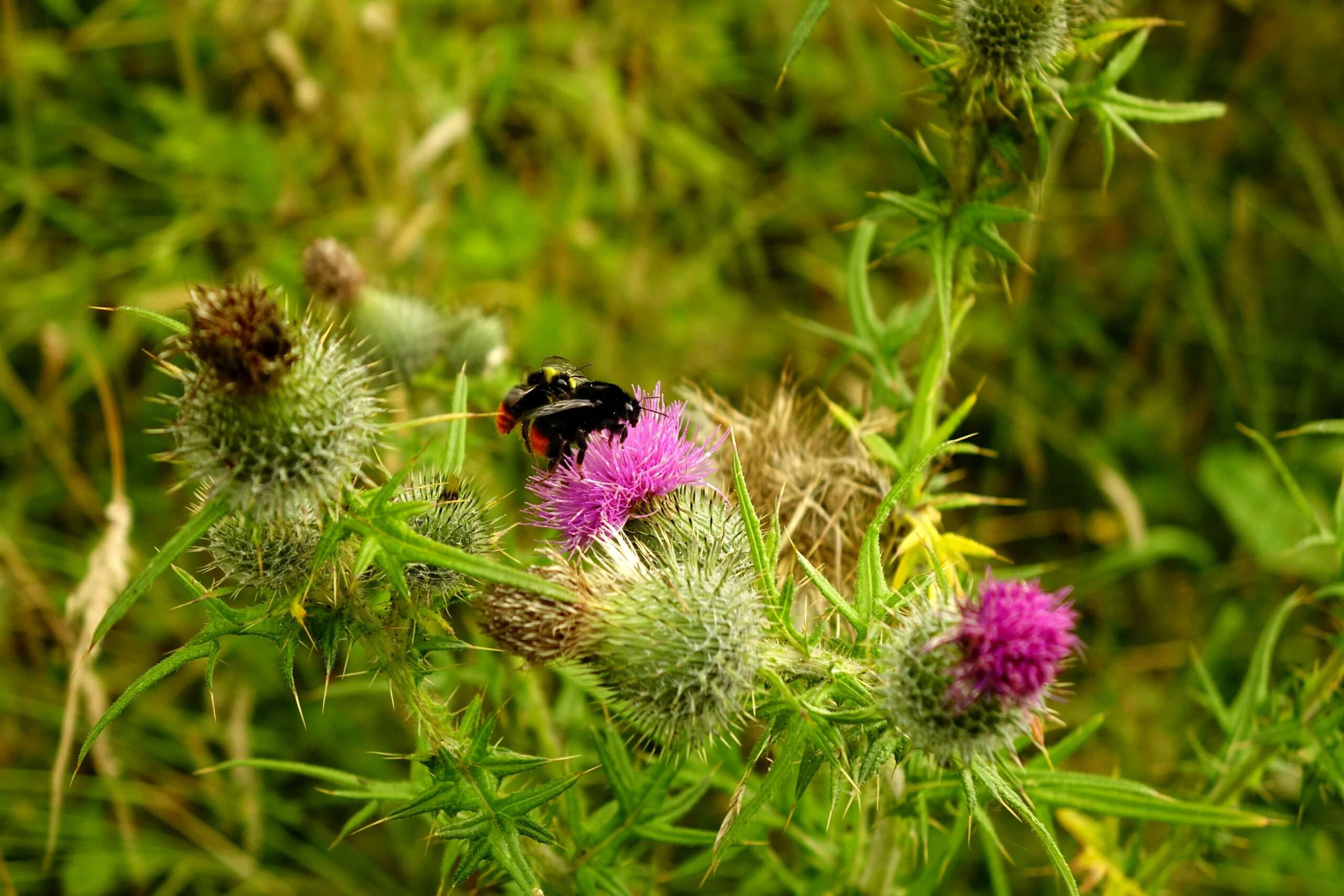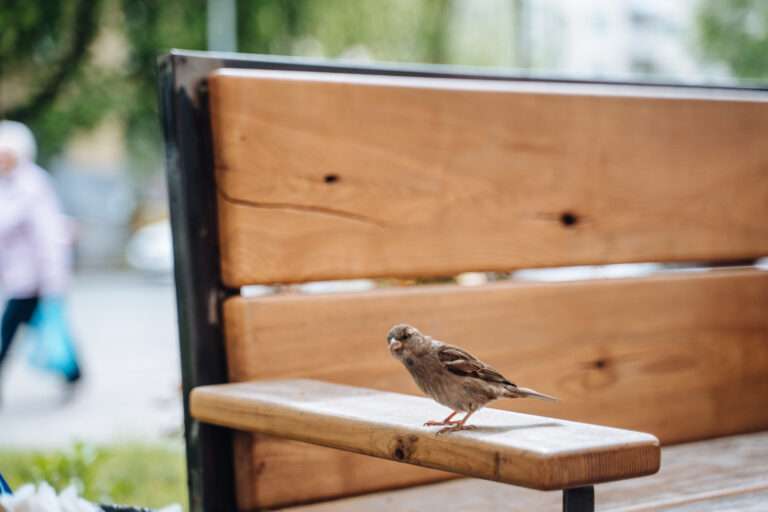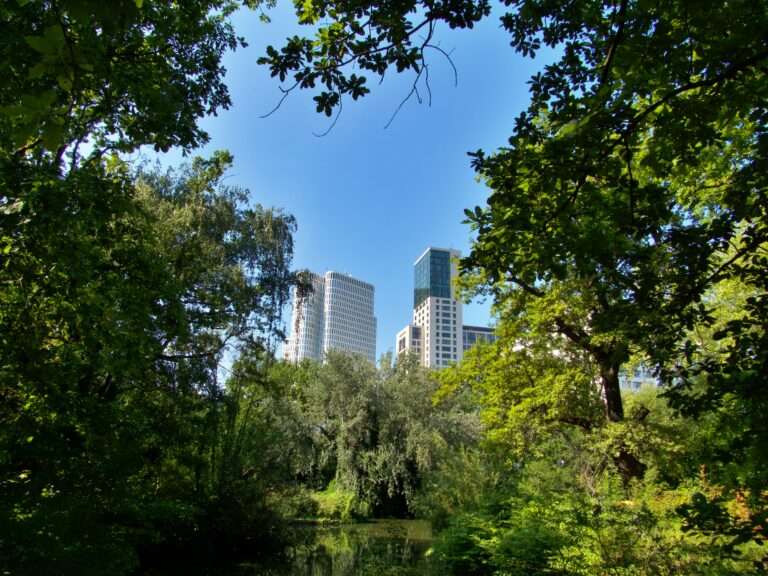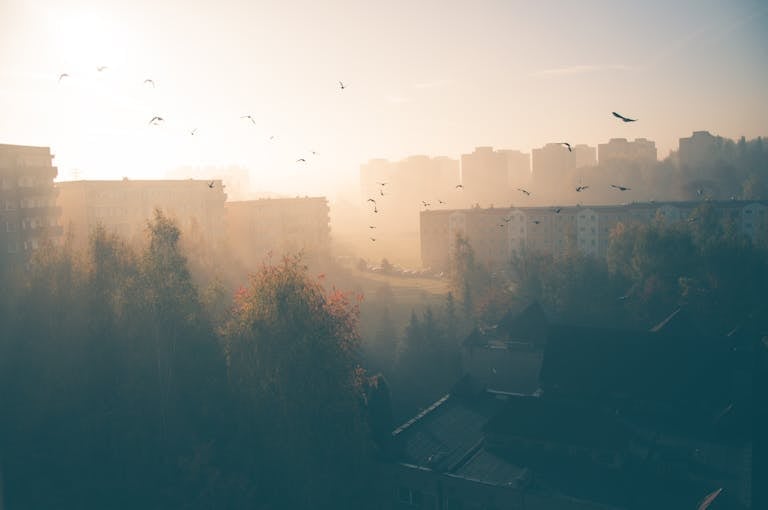Wildflower Seeding for Pollinator Health: 7 Powerful Ways to Boost Biodiversity on Your Land
In the UK’s ever-changing landscapes, few things are as deceptively simple yet impactful as planting wildflowers. A carefully seeded wildflower meadow doesn’t just brighten the land—it plays a vital role in supporting pollinators, enhancing biodiversity, and delivering long-term ecological and aesthetic value.
Whether you’re managing a commercial estate, public park, or private development, wildflower seeding for pollinator health is a smart, visible commitment to environmental responsibility.
🌼 Why Wildflowers Matter for Pollinators
Pollinators—especially bees, butterflies, moths, and hoverflies—are essential to healthy ecosystems. Over 75% of UK crops depend on them for reproduction. Yet their populations are in sharp decline due to habitat loss, pollution, and climate change.
By creating pockets of wildflower-rich habitat, landowners can reverse that trend—providing vital foraging and nesting grounds where pollinators can thrive.
✅ Key Benefits of Wildflower Seeding
- Boosts bee and butterfly numbers
- Supports Biodiversity Net Gain (BNG) goals
- Reduces the need for mowing and chemicals
- Creates visually attractive, low-maintenance landscapes
- Adds ecological value to urban and rural developments
It’s not just nature that benefits—so does your brand reputation and planning compliance.
🛠️ 7 Expert Tips for Successful Wildflower Seeding
1. Choose Native Wildflower Mixes
Always opt for seed mixes that include UK native species suited to your local soil and climate. Look for:
- Yellow rattle (Rhinanthus minor)
- Oxeye daisy (Leucanthemum vulgare)
- Red clover (Trifolium pratense)
- Birdsfoot trefoil (Lotus corniculatus)
- Knapweed (Centaurea nigra)
Why it matters: Native plants are better adapted to local conditions and are preferred by native pollinators.
2. Time Your Seeding Wisely
Best practice in the UK is to seed in autumn or early spring, when soil moisture is higher and competition from aggressive grasses is lower.
Pro tip: Always check the weather forecast—wildflower seed needs firm contact with the soil and steady moisture to establish successfully.
3. Prepare the Ground Properly
Wildflowers need low-nutrient soil and minimal grass competition. Effective preparation includes:
- Removing topsoil to reduce nutrients
- Raking or harrowing the surface
- Controlling weeds before seeding
- Firming the seedbed after sowing
Cutting corners here leads to patchy results and wasted seed.
4. Use a Carrier for Even Spread
Because wildflower seeds are fine and light, mix them with dry sand, sawdust or compost for better control during sowing. Aim for 3–5g per square metre.
Why it matters: Uneven seeding leads to bare spots or overgrowth, which limits pollinator benefits.
5. Don’t Fertilise
It may feel counterintuitive, but wildflowers thrive on poor soil. Fertiliser encourages dominant grasses and weeds, which crowd out the more delicate wildflower species.
6. Water Only When Needed
If there’s prolonged drought during establishment, water lightly but consistently. Otherwise, trust in nature. Overwatering encourages weeds and may wash seeds away.
7. Manage Meadows with Cutting, Not Mowing
Once established, wildflower areas require 1–2 cuts per year—usually midsummer and again in autumn. Remove cuttings to keep soil fertility low and allow light to reach seedlings.
For long-term success, use a rotational cutting regime to ensure continuous flowering and seed spread.
🤔 FAQs: What Clients Want to Know
Q: How long until I see results?
A: You’ll usually see colour in the first summer, but full maturity takes 2–3 years. Patience is key—it’s worth the wait.
Q: Will it attract bees near public areas?
A: Yes—but that’s the point. Most pollinators are non-aggressive. Clear signage and sensible siting manage perceptions and enhance education.
Q: Can I add wildflowers to an existing grassed area?
A: Yes, but it takes more preparation. You’ll need to thin the grass, scarify the soil, and possibly over-seed multiple times.
🌱 Real-World Impact of Wildflower Seeding
At Killingley, our wildflower seeding and pollinator support work has transformed underused land into thriving meadows. In one project alone, a previously sterile embankment attracted over 15 bee species and two rare butterflies within a single season.
🔍 Quick Checklist: Seeding for Pollinator Health
| Task | Timing | Notes |
|---|---|---|
| Site survey | Before works | Assess soil, sunlight, drainage |
| Ground preparation | 1–2 weeks before seeding | Weed control, decompaction |
| Seed selection | Early planning | Choose UK native species |
| Seeding | Spring or autumn | Avoid frost and dry spells |
| First cut | After flowering | Remove cuttings to compost pile |
🌼 Let Nature Do the Work—You Just Provide the Start
Wildflower meadows are one of the most cost-effective ways to add beauty, ecological value, and sustainability to any landscape. For developers and land managers, seeding wildflowers sends a clear message: we care about the future—and we’re acting on it.
Killingley Insights is the editorial voice of NT Killingley Ltd, drawing on decades of experience in landscaping, environmental enhancements, and civil engineering projects across the UK.








